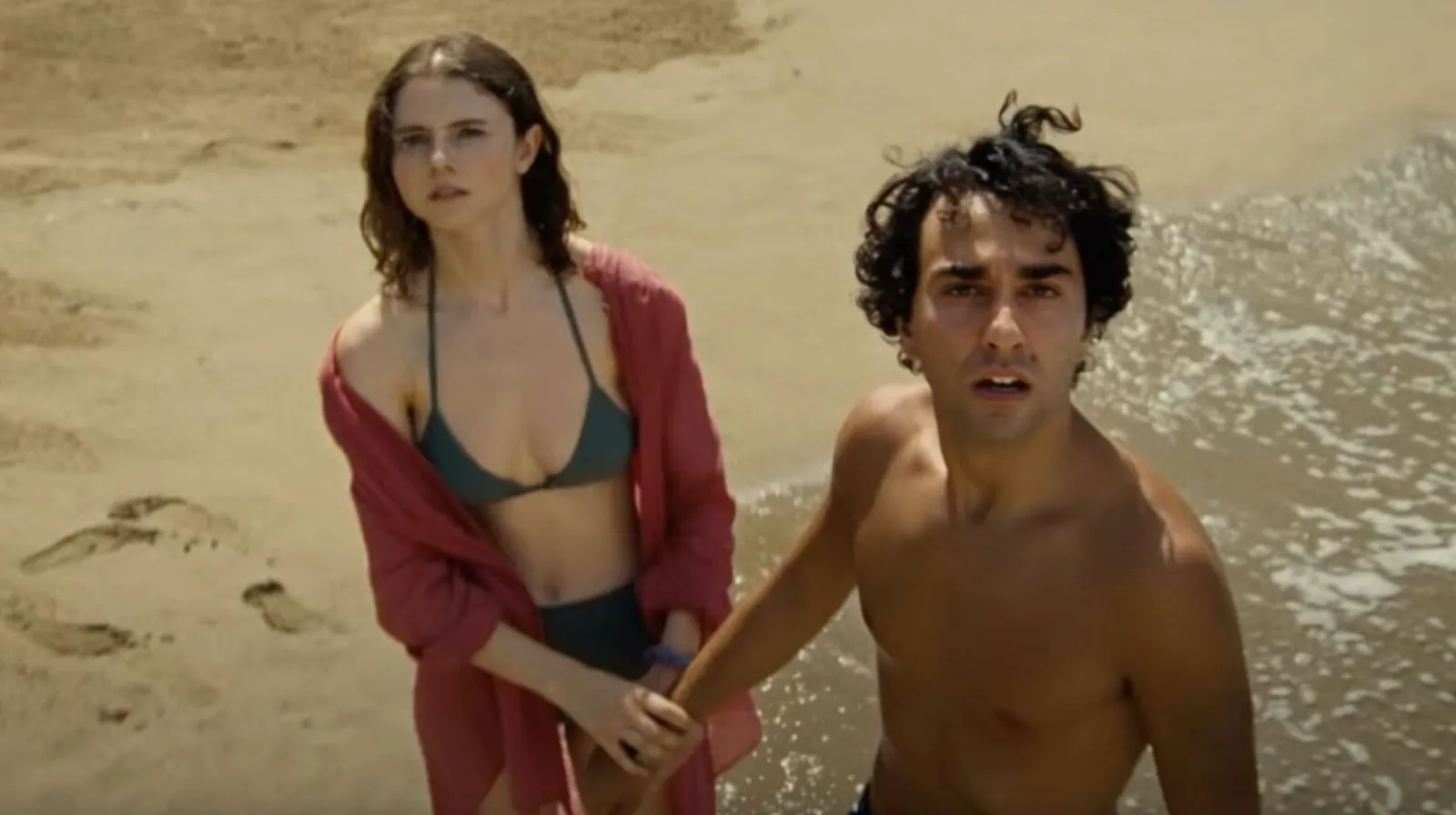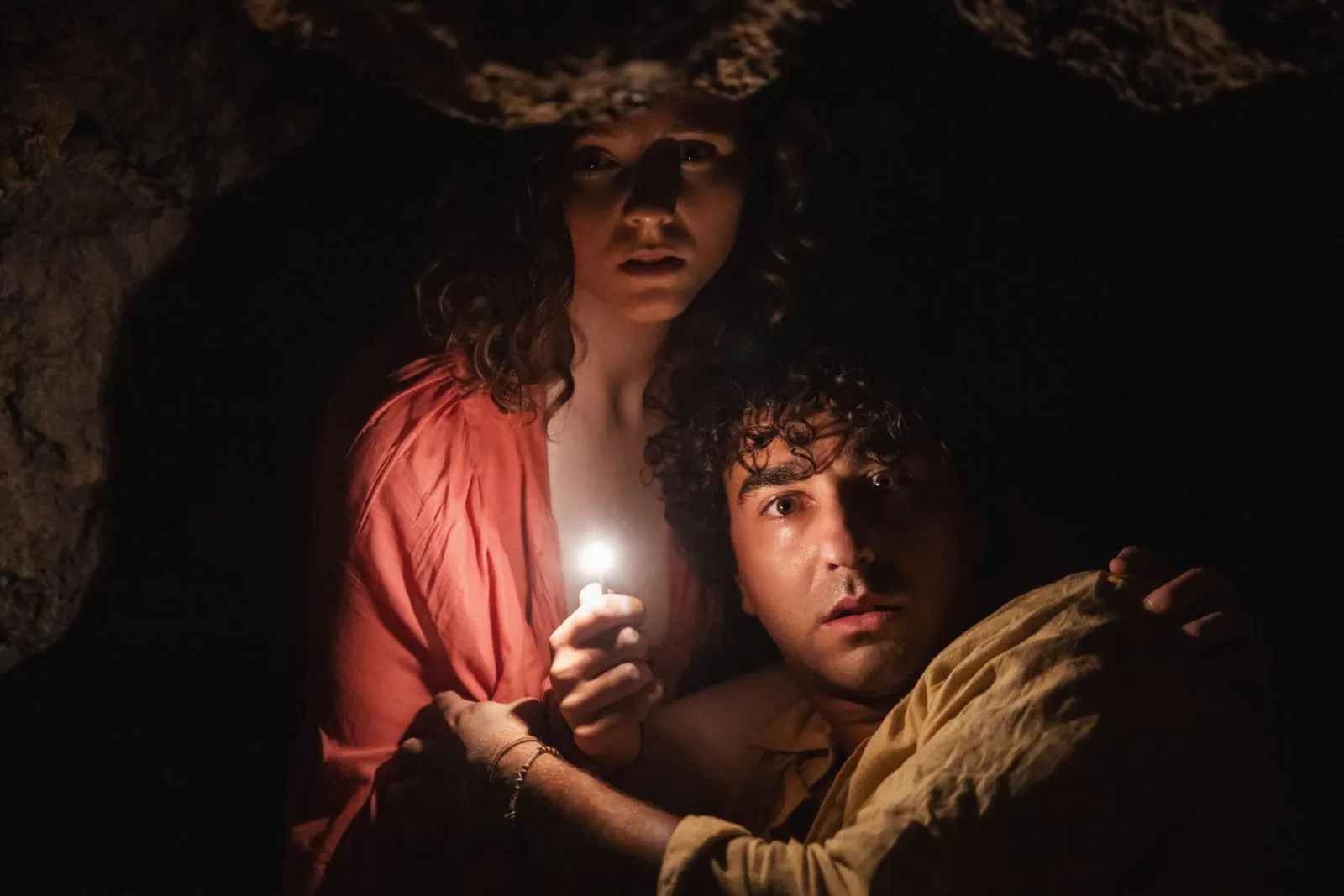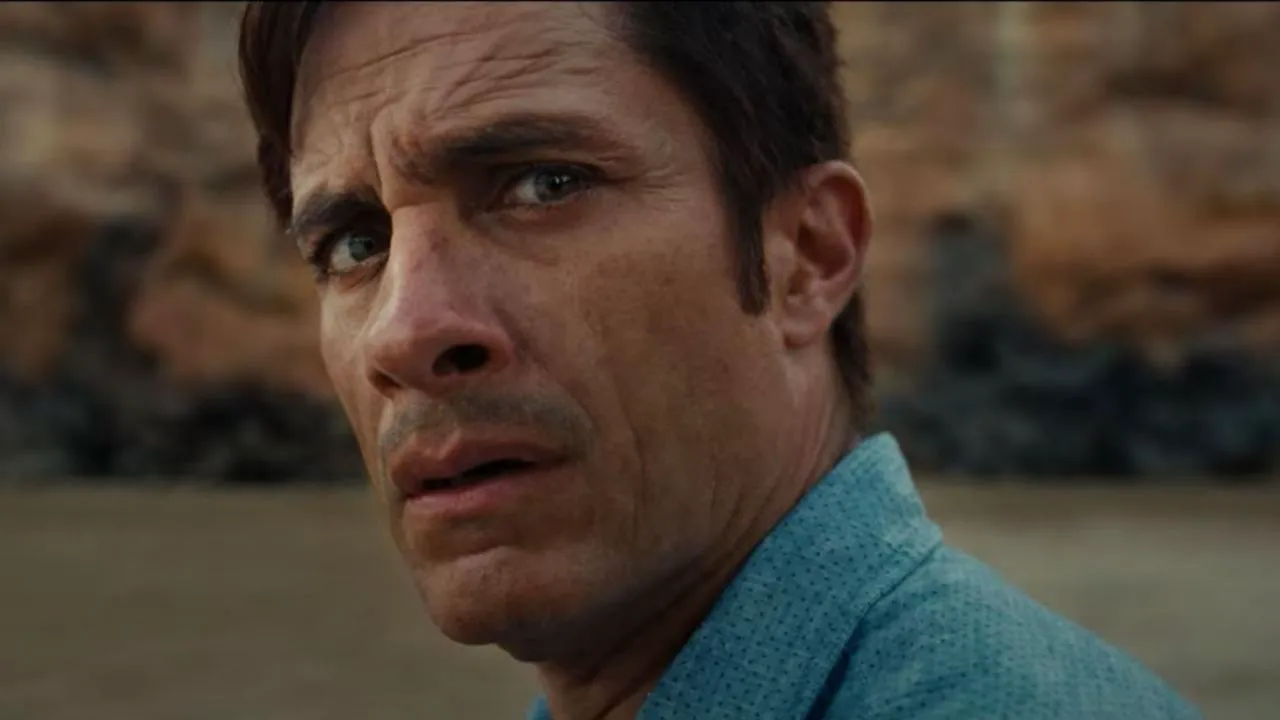A Vacation Gone Horribly Wrong: Unpacking M. Night Shyamalan’s “Old”
A family vacation to a tropical paradise takes a dark turn in M. Night Shyamalan’s “Old.” Kappa (Gael García Bernal) and Prisca (Vicky Krieps) are a couple on the brink. Their marriage is crumbling, and Prisca is battling a growing tumor. This trip is meant to be their last chance for a peaceful family getaway before life throws them even more curveballs. When the resort’s friendly manager offers them an exclusive tour to a secluded, breathtaking beach, they eagerly accept.
Joining them are a stern cardiologist (Rufus Sewell), a nurse named Jarin (Ken Leung), and his girlfriend, who suffers from epilepsy (Nikki Amuka-Bird). The beach is indeed stunning, but a series of disturbing events quickly unfold. The tourists discover a dead woman (and a clueless rapper who immediately becomes the prime suspect). Then, the children begin to age at an alarming rate. Time, it seems, moves much faster on this beach, and escape is impossible. Any attempt to leave results in excruciating headaches and loss of consciousness.

Tomasin McKenzie as Maddox in a scene from “Old”
Shyamalan’s Signature Style: A Blessing or a Curse?
M. Night Shyamalan has transcended his films, becoming a brand in himself. Therefore, discussing “Old” requires examining his signature style, even though the script isn’t original this time around. Shyamalan loosely adapted the French graphic novel “Sandcastle.” His style is so consistent that his self-repetition almost feels like a form of (post-)irony. Can someone who has been criticized for the same things for nearly two decades really keep making the same mistakes? Especially considering his filmography includes “The Visit,” a self-aware film that subverts and mocks his directorial style, perfectly blending horror and comedy.

Alex Wolff as Trent in a scene from “Old”
Now, it seems “The Visit’s” success was a fluke. Shyamalan, like his characters, hasn’t noticed how time has passed him by. The trend of silly, conceptual thrillers has faded, and audiences now demand more than just a surprise twist ending to justify an hour and a half of dramatic suffering. Or perhaps Shyamalan has reached a new level of humor, intentionally amplifying everything his films are criticized for: forcing talented actors to deliver bad dialogue, hiding a striking concept behind a conventional family melodrama (a problem since “The Sixth Sense”), and inserting a pointless twist ending that relies on a detail that appears out of nowhere (a “deus ex machina,” or in this case, a “paper in a pocket”), which wasn’t even in the original comic. Once hailed as the “new Spielberg,” he’s gradually become a meme, like a modern-day Ed Wood (not in terms of film quality, of course; Shyamalan still has directorial talent). His “badness” has become an integral part of his artistic identity.
Glimmers of Brilliance Amidst the Chaos
However, “Old” has its moments, primarily when Shyamalan stops trying to rationalize the events and embraces the characters’ collective psychosis. When Rufus Sewell’s character suddenly asks everyone which film Jack Nicholson and Marlon Brando starred in together (“The Missouri Breaks,” for those curious), when one of the characters transforms into a grotesque body horror monster, or when the rapidly aging siblings, tired of searching for a way out, decide to build a sandcastle – a cliché, yes, but still a powerful image of life’s fleeting nature. Shyamalan excels at working with chaos (as seen in “Glass” and, best of all, “The Visit”). He thrives on madness and captures psychological breakdowns effectively. This is strangely aided by the camera, which seems to have a life of its own, focusing on random fragments of faces, as if controlled by an AI learning during filming.

Gael García Bernal as Guy in a scene from “Old”
But Shyamalan doesn’t seem to recognize his own talent. He tries to make sense of the incomprehensible, to create a neat equation from a schizophrenic set of symbols. Ironically, he casts himself as a character who conducts a scientific experiment on the main characters, translating their lives into mathematical data. Even more ironically, many of his characters attempt the same rationalization. And for no one, including Shyamalan himself, does this scientific approach yield anything positive.